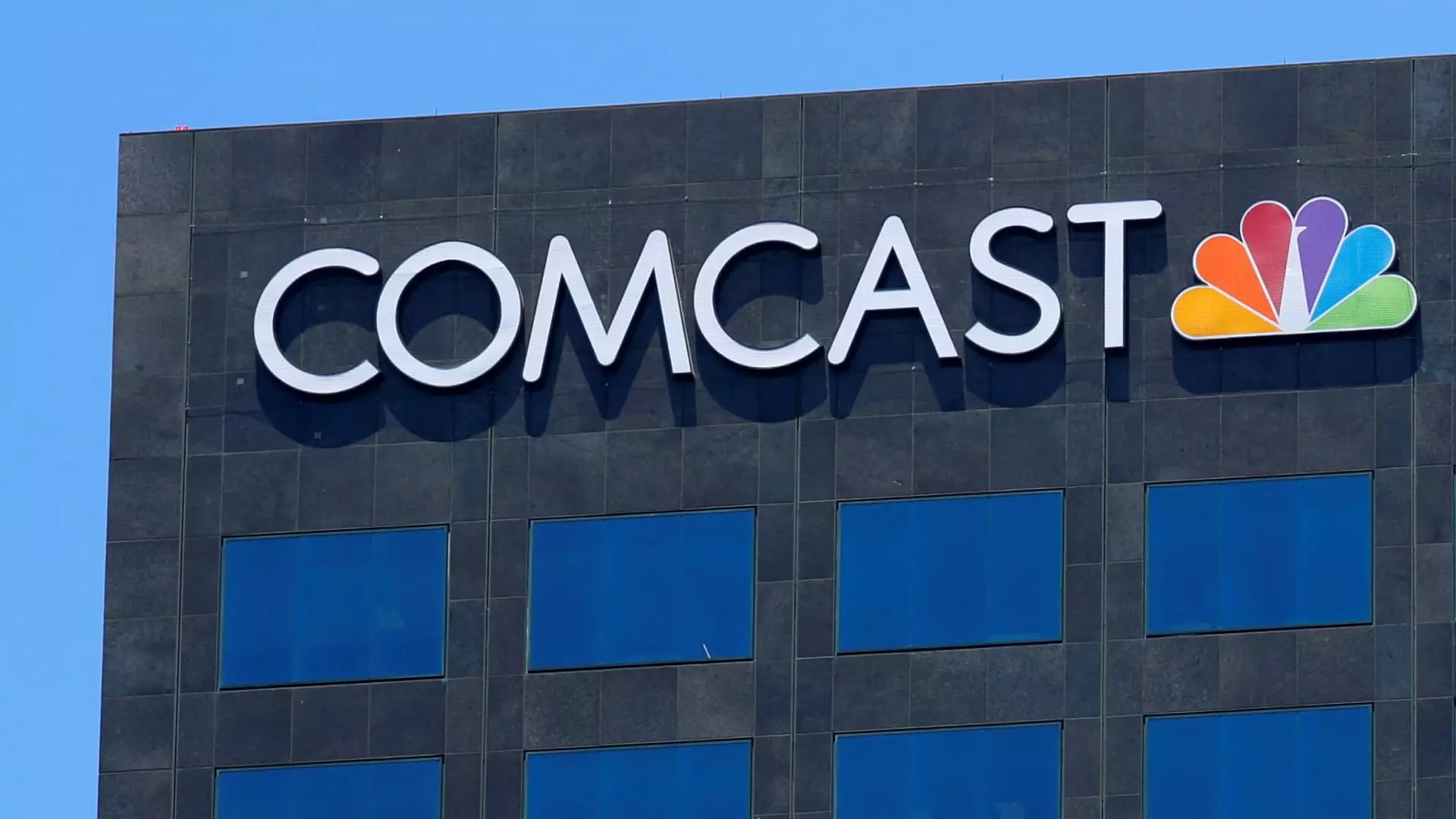The landscape of media is constantly evolving, and in light of this progression, Comcast has announced a significant shift regarding its cable network channels. This planned spinoff, which is on track to complete within a year, represents more than just a corporate restructuring; it is a strategic response to shifting viewer habits and a declining traditional cable market. As cord-cutting becomes an all-too-familiar trend, Comcast’s decision underscores their ambition to adapt and thrive in a competitive industry that increasingly favors streaming services.
At the helm of this new entity will be Mark Lazarus, the incumbent chairman of NBCUniversal’s media group, bringing with him a wealth of experience and knowledge from overseeing one of the dominant players in entertainment. Alongside him, Anand Kini, NBCUniversal’s Chief Financial Officer, will step in as the CFO and operational leader of the spinoff. The leadership decisions have raised eyebrows, particularly regarding Comcast’s Chairman and CEO, Brian Roberts, who will play a less active role in the new company’s operations. While Roberts retains a voting position, his absence from the board indicates a considerable shift in governance—one that may influence the strategic direction of the new venture.
This new structure points to an intention to create a nimble organization capable of seeking true independence in the ever-evolving media environment. Moreover, by spinning off the cable networks, Comcast will position the newly formed company as a potential attractive partner for mergers with other networks or as an appealing target for private equity firms. Such moves aim to provide more operational flexibility and the possibility of fruitful collaborations that could enhance content offerings and market foothold.
As millions abandon traditional pay TV subscriptions, drawn towards the affordability and accessibility of streaming services, Comcast’s strategy illustrates an acute awareness of these market dynamics. The spinoff not only aims to retain existing customer bases but also seeks to leverage its content portfolio more effectively. The entertainment industry is in a state of flux, and companies tied to conventional cable must innovate and adapt to keep pace with consumer preferences.
Reflecting this adaptability, Comcast has significantly invested in its direct-to-consumer streaming service, Peacock. By nurturing Peacock alongside the cable networks, Comcast is undoubtedly trying to prepare for a dual approach—modernizing content delivery while retaining the lucrative revenue potential of its traditional networks. Interestingly, despite the considerable decline in cord-cutting habits, Comcast’s recent quarterly earnings highlighted a resilient media segment, with revenues climbing nearly 37%—bolstered by high-profile events like the Olympics. This contradiction points to the value of rights management and premium content that traditional channels are still capable of producing.
Despite promising figures, the spinoff brings about several uncertainties. The future pathway of the spinoff operations hinges upon various licensing agreements that will need to be addressed, underscoring the need for thorough planning. Additionally, operational continuity during the transition is critical—discussions regarding collaborations between CNBC, MSNBC, and NBC News will need to be prioritized to avoid potential disruptions. The efficiency and depth of these discussions will determine the seamlessness of this split and may dictate how the newly independent entity can leverage existing relationships to foster growth.
Furthermore, with Bravo remaining under Comcast’s NBCUniversal due to its strong integration with Peacock, the transition signifies a selective approach to content distribution. This strategy reflects a growing trend in the media landscape where synergies between traditional networks and streaming platforms could become the norm to stay relevant in a world increasingly gravitating towards digital consumption.
Comcast’s planned spinoff of its cable networks serves as a compelling case study in corporate strategy optimization amidst industry upheavals. By fostering leadership adaptability and looking to balance traditional strengths with modern-day demands, Comcast appears poised to navigate the turbulent waters of contemporary media. Only time will tell how effective this realignment will be in reclaiming market share in a competitive, evolving landscape.

